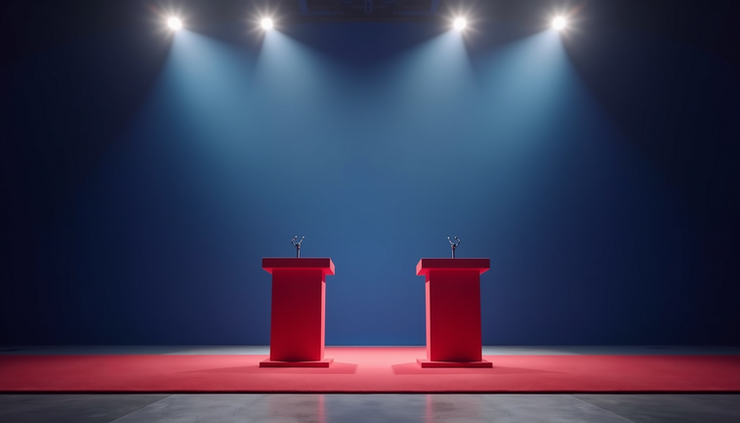Exposing the Bipartisan Deception: How Political Elites Manipulate Public Perception
- Admin

- 8 minutes ago
- 3 min read
The American political landscape often appears divided, with Republicans and Democrats locked in fierce opposition. Yet beneath this surface conflict lies a troubling reality: both parties frequently work together to shape public opinion and maintain control. This bipartisan manipulation uses lies and deception to mislead the American people, distracting them from the true interests of political elites. Understanding this dynamic is crucial for anyone seeking to see beyond the smoke and mirrors.

How Both Parties Shape the Narrative
Republicans and Democrats often present themselves as opposing forces, but their strategies for controlling public perception share many similarities. Both parties rely on carefully crafted messaging that appeals to emotions rather than facts. This approach keeps voters divided and focused on partisan battles instead of systemic issues.
For example, during election seasons, media coverage tends to emphasize scandals, personal attacks, and sensational headlines. This focus distracts from deeper policy discussions about economic inequality, corporate influence, or foreign policy decisions that affect everyday Americans. By controlling the narrative, political elites ensure that the public debates topics that serve their interests rather than the public’s.
Both parties also use fear and division as tools. They highlight cultural or social differences to pit groups against each other, making it harder for citizens to unite around common goals. This tactic weakens collective action and preserves the status quo.
The Role of Media and Messaging
Media outlets play a significant role in amplifying bipartisan deception. Many news organizations depend on sensational stories and partisan conflict to attract viewers and readers. This creates an environment where misinformation and half-truths thrive.
Political elites exploit this by feeding talking points to friendly media sources, ensuring their preferred version of events dominates public discourse. This cycle reinforces existing biases and limits exposure to alternative perspectives.
Social media platforms further complicate the picture. Algorithms prioritize content that generates strong emotional reactions, often spreading misinformation faster than fact-based reporting. Both parties use these platforms to target specific voter groups with tailored messages, sometimes distorting facts to influence opinions.
Examples of Deceptive Practices
Several recent examples illustrate how bipartisan deception operates:
Economic Policies: Both parties have supported trade deals and tax policies that benefit corporations and wealthy individuals, despite campaign promises to protect working-class Americans. These policies often receive little scrutiny in mainstream debates.
War and Foreign Policy: The decision to engage in military conflicts is frequently framed as a bipartisan necessity. Yet, the motivations behind these actions often serve defense contractors and geopolitical interests rather than national security.
Campaign Finance: Both Republicans and Democrats accept large donations from special interest groups. This financial dependence shapes their policy priorities and limits their accountability to voters.
These examples show that the real enemies of the American people are not the opposing party but the political elites who manipulate both sides to maintain power.

What This Means for American Democracy
The bipartisan manipulation of public perception undermines trust in democratic institutions. When voters realize they are being misled, cynicism grows, and participation declines. This weakens the foundations of democracy and allows political elites to consolidate power further.
Citizens must recognize that true change requires looking beyond party labels. Holding politicians accountable means demanding transparency, supporting independent media, and engaging in critical thinking. It also means building coalitions that cross traditional partisan lines to address shared concerns.
Steps Toward Greater Awareness and Action
To counteract bipartisan deception, individuals can take practical steps:
Verify Information: Check multiple sources before accepting political claims as true.
Support Independent Journalism: Seek out news outlets that prioritize facts over sensationalism.
Engage Locally: Participate in community meetings and local elections where impact is more direct.
Promote Civic Education: Encourage learning about government processes and media literacy.
Demand Campaign Finance Reform: Advocate for policies that reduce the influence of money in politics.
These actions help break the cycle of manipulation and empower citizens to reclaim their voice.


Sengbe Ben Yosef






Comments